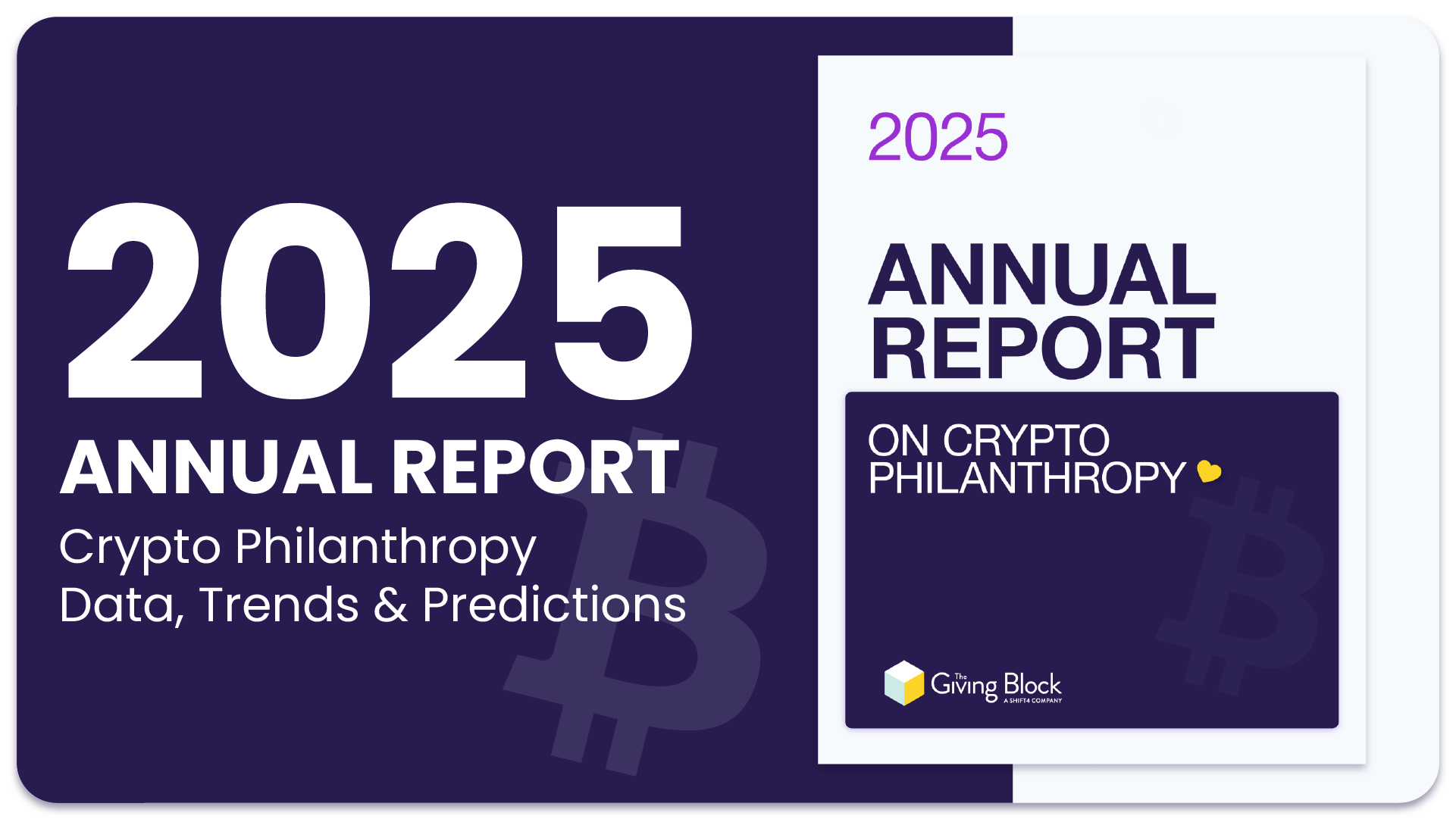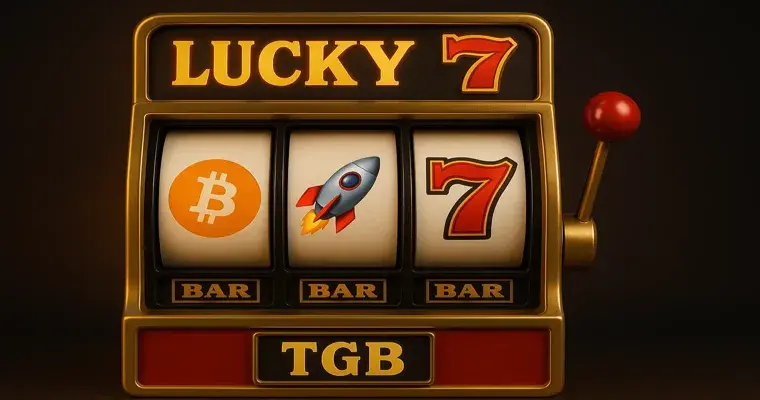This is an opinion article written by Stephen McCaskell, an award-winning creative innovator and Web3 enthusiast. Stephen purchased his first bitcoin in 2013. Unfortunately, he hadn’t yet learned the principle of hodl. He is Director of Creative Innovation at a large nonprofit in Orlando, Florida, where he resides with his wife and four sons. You can follow him on Twitter at @mrhonesteth.
Cryptocurrency — its blockchain sibling — already is. In fact, crypto donations to charity rose over 1000% last year. In one of the most notable cases, approximately $100 million in cryptocurrency has been donated to aid efforts in Ukraine, providing “fuel, food and bulletproof vests for soldiers.”
While cryptocurrency donations are well established, NFT donations are just getting started. To make sure we’re all on the same page, an NFT is proof of ownership that is verifiable by a public ledger of transactions called the blockchain, which makes it possible to spot when something is real and when it is a forgery, like a knockoff piece of art that only imitates the original. NFT sales amounted to over $17 billion worth of volume traded around the world in 2021. NFT philanthropy for the same year clocked in at $12 million in donations. Within a few years, Cryptocurrency and NFTs will become the web3 equivalent of today’s fiat and stock donations.
NFTs will shape fundraising in three specific ways:
1. Incentivized Giving
The most common way of using NFTs for fundraising is no different than how we auction off pieces of art today. The only difference is that these pieces of art live on the blockchain as NFTs. For example, Nifty Gateway sold eight unique pieces donated by artists, and over $6.6 million was raised for the Open Earth Foundation. The new owners of those pieces can prove their ownership via the blockchain.
This only scratches the surface of what the blockchain makes possible. No doubt one of the greatest use cases of NFTs is to digitally prove ownership, but its potential goes far beyond this. For example, imagine an organization that helps provide clean drinking water to people living in poverty. The organization might give an NFT as a “thank you” for helping to fund the digging of a well in a remote part of the world. On the NFT, there could be an artistic representation of the wells location that you helped fund. However, the NFT could be far more than a piece of art. The organization can use it as a living record that updates in real time based on how they are using your donation to help people around the world.
Somewhat trivial but helpful for understanding what living NFTs are is an NFT project called Finiliar. Taken directly from their website, “finiliar are living NFTs that use oracles (a third-party service that connects the blockchain with the outside world to feed information) to respond to fluctuations in the value of cryptocurrencies. They become happy and buoyant when the currency they are linked to does well, and sad or even sick when it performs poorly.”
Keeping donors properly informed about the campaigns they have donated to is a difficulty that many organizations encounter. With updatable metadata (including the artwork itself!), an organization that provides clean drinking water to areas of the world that need it will be able to bring their donors alongside their humanitarian efforts, thus involving donors more deeply in their mission. While many organizations do this already by providing “donor reports” annually, NFTs could let people see not only the macro, but also the micro. Your NFT could update in real-time to show you how many villagers have been consuming the water, what the current supply of the well is, and even if there is a need for another well in the same region. This is all done on the NFT — no further communication is needed. The visual aesthetic of the art could update, the metadata in the description could update, and so on. Knowing how their donations are truly making the world a better place — especially in the micro, which NFTs make possible — will incentivize donors to keep giving.
2. Transparency, Security, and Longevity
Right now, nonprofits have all sorts of ways to gather data on their donors, from phone numbers, to mailing addresses and emails. Right now the most powerful piece of data one can receive is an email, as an email can provide multiple onramps to further actions. But even email isn’t that great: Let’s be honest, most of us don’t open all the emails in our inbox, even the ones from organizations we follow. And even when we do, emails aren’t fully transparent and not always secure.
Because NFTs are all on blockchain, everything is secure. You can trust what you see there because it’s fully transparent to everyone. Going back to the example of the organization providing clean drinking water, if an organization wanted to follow up with a donor that has given $10,000, they can do that in multiple ways with the power of web3, including airdrops, a free NFT sent directly to someone’s wallet. Let’s say a year after someone’s donation was used to dig a well, the organization sends a team to record a little video showing the people benefiting from the well. This video would be put onto a decentralized storage like IPFS (or many other options), and they could airdrop this specific donor an NFT that would contain this video. There are countless items that could be airdropped as an NFT, anything from direct communication to this donor (in a decentralized and anonymous way that protects both you and the donor), utility tokens such as tickets to upcoming events or conferences, and more. Emails capture a specific moment in time, while NFTs have remarkable longevity in addition to transparency and security.
3. Community and Loyalty
On April 23, 2021 the Bored Ape Yacht Club launched their 10,000 NFT collection. A small group of internet friends noticed this new project and decided to take a risk and purchase several of these NFTs. A new type of community was formed. Fast forward to today, and anyone that has held their BAYC NFT until now has a small fortune in their wallet.
The BAYC kickstarted tens of thousands of 10K NFT projects and what I call the PFP (profile picture) NFT movement. They were not the first (that belongs to CryptoPunks), but they were the first to go mainstream. Interestingly, these early NFT projects all had two things in common: (1) they had a Discord server to foster this new community and (2) they had art that could be used as a PFP to show off to their friends on Twitter or other social platforms.
While most of these communities were short-lived, the BAYC movement has shown us the power of NFTs and community. When an individual feels like they belong to a movement and can showcase that involvement to their friends (via the art) it brings a sense of belonging to the individual. For the brand, community brings loyalty and commitment to the cause.
Community has become a buzzword as of late in the NFT world. NFT creators are trying to mobilize audiences in new and engaging ways by forming communities around a common set of ideals. However, nonprofits already have a massive head start because they have built-in values and ideals that can be utilized to activate their donors in a deeper way by offering community that comes through the power of NFTs.
Global
Imagine having a decentralized relationship with someone in a part of the world where you currently have zero influence, infrastructure, or revenue. Take the Philippines for example. They have a population of over 110 million people, English is spoken by 95% of people, and 87% of adults have a smartphone. Now take into account that 32% of Filipinos own an NFT. All of a sudden, you have an English-speaking market that is technologically savvy and familiar with NFTs that you can reach.
Now imagine being able to mobilize those parts of the world to support your mission through the power of NFTs. All the while, they find like-minded people in their backyards that also are interested in your mission, growing the community and incentivizing and rewarding the spreading of that mission via the power of blockchain. Nonprofits can take advantage of these decentralized autonomous communities, which can grow faster than the nonprofit could by itself.
The blockchain is revolutionizing how nonprofits connect with their donors, which will soon lead to unparalleled donations and revenue through the power of NFTs. As nonprofits reward and incentivize their communications in new ways, their ability to do good all around the world will dramatically increase. This is what the blockchain makes possible: global changes for the better, deepening and broadening communities, and, perhaps, a more generous world.



















